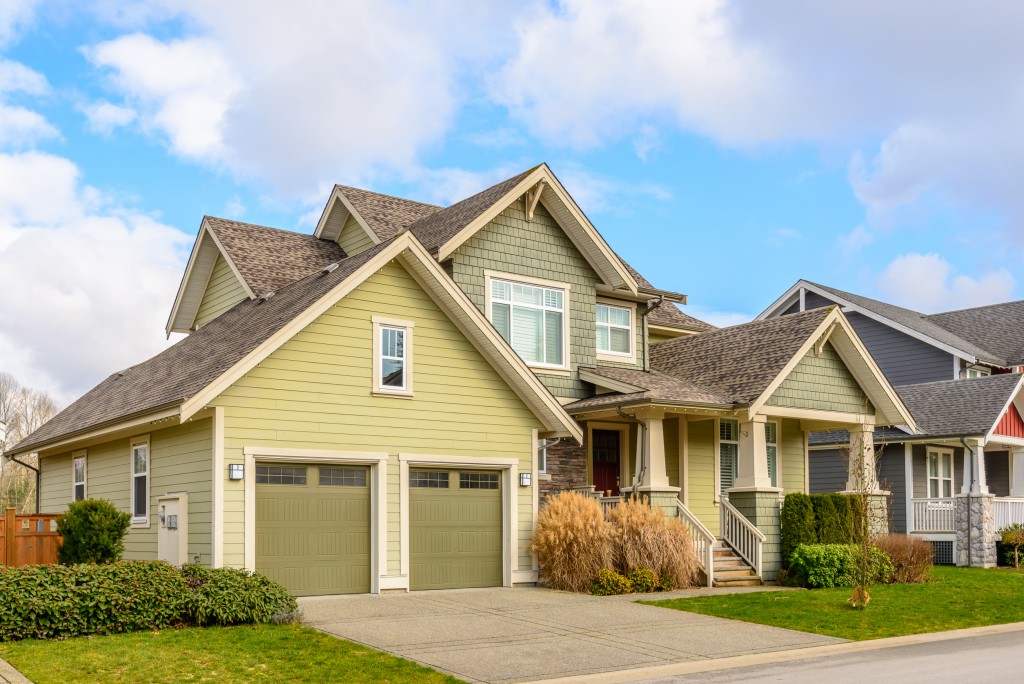One element you can’t afford to overlook in your interior design is the focal point. When people walk into your living room or bedroom, there has to be that one item that will capture their eyes and leave a good impression.
Unfortunately, this is the very thing most homeowners forget when decorating spaces. They pick the perfect color scheme, arrange the furniture right, but they realize something’s amiss and they can’t put a finger on it.
If this has happened to you, look around your space again. It’s likely that you lack a focal point.
Why a Focal Point Is Necessary
The focal point in interior design hinges on the principle of emphasis. When a certain element in the space is put in the “spotlight,” you’re able to appreciate the space better because your eyes are drawn instantly to one object only. No distractions. No confusion. The focal point, in other words, avoids visual clutter.
But here’s the interesting part: after being fixated on the star of the room, you begin to see everything else around it. You see the intricate details of the ceiling, the glass material in the coffee table, the velvety texture of the sofas. You’re able to take in these details gradually, not all at the same time, so it becomes easier for you to make sense of the entire design.
While the primary function of the focal point is to draw attention to itself, it also distracts people from eyesores. If you want to keep your air conditioning equipment or television cables away from sight, you have to mind the strategic placement of the focal point. Position it away from the eyesores, directing the sight towards an opposite wall or the ceiling.
Another reason focal points are crucial is they guide you in your furniture arrangement. Because you want to highlight a certain element, you want to “build on it” when decorating. For instance, you installed a modern fireplace in Utah. Group the furniture around couches and coffee table in front of it and bookshelves or console table on its sides.
Which Elements to Emphasize

There are two types of elements you can emphasize in your space: the built-in and the created. The former refers to architectural details in your home. As mentioned above, the fireplace is one. Windows with good outdoor views are also a good candidate.
If your ceilings have interesting geographical patterns or materials, that’s an ideal focal point, too. Aside from strategic furniture groupings mentioned earlier, you can emphasize these built-in details better by making sure that the sightlines towards them aren’t obstructed, at least from the entryway.
As for the second type of focal point, if you don’t have visually appealing built-in details worth highlighting, you can create your own yourself. Build an accent wall. Choose the farthest corner from the entryway that’s easily seen. Paint it in bold color or hang a large art piece. This will make for a good focal point already.
You can also pick a statement accessory. This is common in bedrooms and kitchens that have a ‘default’ center piece. For example, in the bedroom, you can use brightly colored satin pillows to draw attention to the bed. Or, for the kitchen, you can have a patterned backsplash to emphasize kitchen cabinets.
Again, focal point is crucial in your design. Don’t make the mistake of overlooking it. Rather, start your decorating project with the principle of emphasis in mind.
